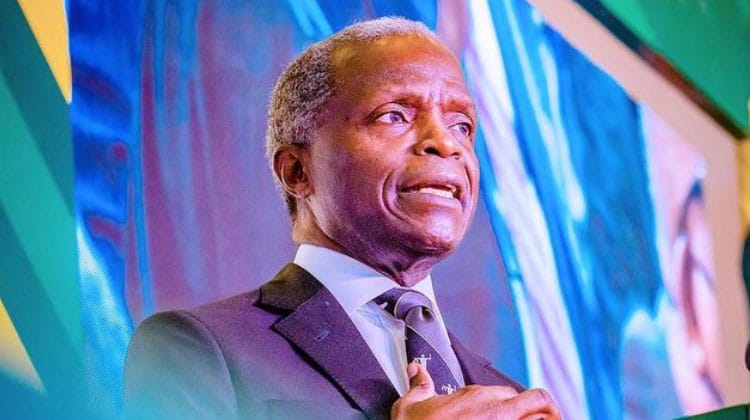Lifelong learning is a key component of today’s workforce and employment viability. This is an observation that most HR teams, CHROs and other C-Suite leaders are likely to agree on while managing rising challenges such as retaining employees, remaining competitive, and training new leaders for the future. Often, more likely than not, organisations must examine all facets of HR policies through a multigenerational workforce point of view, considering each generation’s unique learning needs, and how to keep them interested in investing in themselves and their careers.
Speaking to HRM Asia, Rachele Focardi, Founder of XYZ@Work, said, “Baby boomers and Gen X employees often seek to update their digital skills to stay relevant in a rapidly evolving technological landscape,” “Additionally, many older employees express a desire to pivot their careers towards more interesting, impactful, and meaningful work. However, they often feel that such opportunities are either not available internally or are reserved for younger employees. Therefore, companies need to help these employees develop the skills needed to make such transitions.”
Millennials and Gen Z employees, on the other hand, are typically more comfortable with digital tools and are eager to demonstrate their capabilities and make an impact quickly. “These younger generations often desire continuous development opportunities and prefer learning experiences that are interactive, modern, and technologically advanced,” Focardi shared. “They can become frustrated by traditional, lecture-based training methods that do not engage them or leverage the digital tools they are accustomed to using. They are also keen to learn from the experiences of their senior colleagues, seeking to develop strategic thinking, networking, and soft skills, as well as understanding how to work effectively with clients.”
A simple way of developing these generations of employees and addressing their diverse needs comes from cross-generational mentoring programmes, such as two-way mentoring, Focardi explained. This can not only help older employees feel valued as they share their extensive experience but also get them to learn about digital tools from younger colleagues. “Two-way mentoring enables senior employees to mentor on strategic thinking and client management, fostering mutual respect and a cohesive work environment,” she said, while citing how organisations such as Mitsubishi UFJ Financial Group, Proctor & Gamble, and Maserati have effectively implemented such initiatives, showcasing the benefits of leveraging the unique strengths of each generation of employees.
Another method Focardi recommends includes removing barriers to learning. Through an innovative programme, GroupM creates multigenerational and multifunctional teams that support each other throughout the learning journey, while gamifying the process and fostering a collaborative and competitive environment by reducing obstacles to learning. She elaborated, “The programme offered over 100 training modules tailored to different skill levels, and by assigning points for completed modules and updating a live leaderboard, GroupM tapped into employees’ competitive spirit. This gamified approach made learning engaging and fostered mutual support among team members, leading to over 1,500 certifications in just three months.”
Interaction and managing multigenerational employees can however come with their own set of challenges, including bridging technological gaps, the differences and expectations in communication, and differing attitudes toward learning. Focardi acknowledged this, admitting that there is a need to find the right balance of meeting the needs of older employees who are struggling to adapt to new technologies and the learning needs of younger employees who are more adept at digital tools and tech and thus might not engage well with traditional, lecture-based training methods. “Organisations can remove these barriers by fostering an inclusive learning culture that values and leverages the strengths of all generations,” she said.
While organisations should implement cross-generational mentoring programmes, it is also essential to create collaborative learning environments where employees can learn together within the workplace. “For example, DBS uses Appreciative Inquiry to build confidence among senior employees by focusing on positive past learning experiences,” Focardi shared. “By creating a supportive and enjoyable learning environment, DBS enabled senior employees to embrace new skills without feeling vulnerable or threatened.”
Focardi also recommended that organisations invest in tailored training programmes that cater to the specific needs of each generation. This can come in offering flexible learning formats, such as online courses, webinars, and interactive workshops that accommodate the different learning preferences of employees, regardless of age. By providing continuous feedback and creating opportunities for open dialogue between generations, better mutual understanding and collaboration can occur. This will help update skills and create a more cohesive work environment.
All in all, Focardi reminded organisations that creating a culture of lifelong learning also involves promoting a growth mindset, where employees view learning as an ongoing journey. “In today’s disruptive and VUCA (Volatile, Uncertain, Complex, Ambiguous) environment, continuous learning is essential for everyone, regardless of generation. Making this clear to employees is crucial. Offering diverse learning opportunities and providing recognition for continuous learning can motivate employees to engage in ongoing

